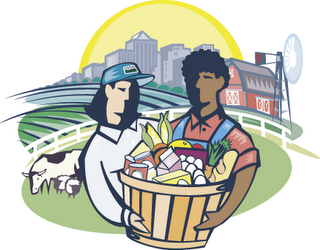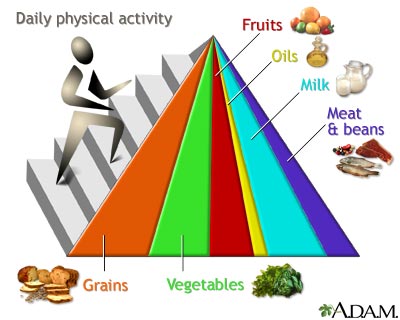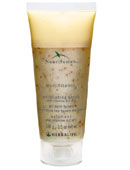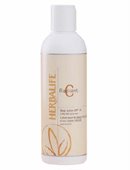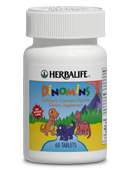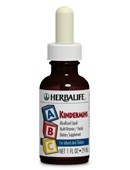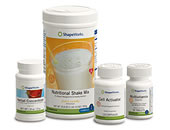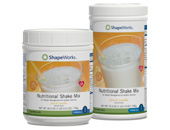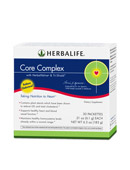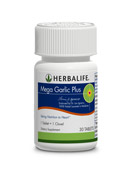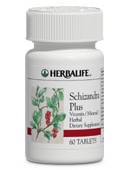Myth: “Going vegetarian” means you are sure to lose weight and be healthier.
Fact: Research shows that people who follow a vegetarian eating plan, on average, eat fewer calories and less fat than nonvegetarians. They also tend to have lower body weights relative to their heights than nonvegetarians. Choosing a vegetarian eating plan with a low fat content may be helpful for weight loss. But vegetarians—like nonvegetarians—can make food choices that contribute to weight gain, like eating large amounts of high-fat, high-calorie foods or foods with little or no nutritional value.
Vegetarian diets should be as carefully planned as nonvegetarian diets to make sure they are balanced. Nutrients that nonvegetarians normally get from animal products, but that are not always found in a vegetarian eating plan, are iron, calcium, vitamin D, vitamin B12, zinc, and protein.
Tip: Choose a vegetarian eating plan that is low in fat and that provides all of the nutrients your body needs. Food and beverage sources of nutrients that may be lacking in a vegetarian diet are listed below.
If you do not know whether or not to believe a weight-loss or nutrition claim, check it out! The Federal Trade Commission (www.ftc.gov/bcp/conline/features/wgtloss.htm) has information on deceptive weight-loss advertising claims. You can also find out more about nutrition and weight loss by talking with a registered dietitian. To find a registered dietitian in your area, visit the American Dietetic Association (www.eatright.org) online or call 1-800-877-1600.

